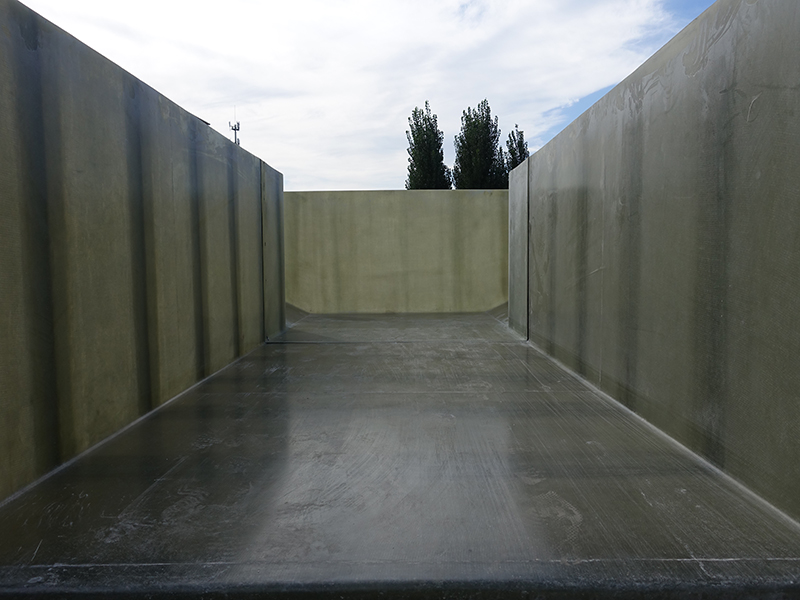
-
 Afrikaans
Afrikaans -
 Albanian
Albanian -
 Amharic
Amharic -
 Arabic
Arabic -
 Armenian
Armenian -
 Azerbaijani
Azerbaijani -
 Basque
Basque -
 Belarusian
Belarusian -
 Bengali
Bengali -
 Bosnian
Bosnian -
 Bulgarian
Bulgarian -
 Catalan
Catalan -
 Cebuano
Cebuano -
 China
China -
 China (Taiwan)
China (Taiwan) -
 Corsican
Corsican -
 Croatian
Croatian -
 Czech
Czech -
 Danish
Danish -
 Dutch
Dutch -
 English
English -
 Esperanto
Esperanto -
 Estonian
Estonian -
 Finnish
Finnish -
 French
French -
 Frisian
Frisian -
 Galician
Galician -
 Georgian
Georgian -
 German
German -
 Greek
Greek -
 Gujarati
Gujarati -
 Haitian Creole
Haitian Creole -
 hausa
hausa -
 hawaiian
hawaiian -
 Hebrew
Hebrew -
 Hindi
Hindi -
 Miao
Miao -
 Hungarian
Hungarian -
 Icelandic
Icelandic -
 igbo
igbo -
 Indonesian
Indonesian -
 irish
irish -
 Italian
Italian -
 Japanese
Japanese -
 Javanese
Javanese -
 Kannada
Kannada -
 kazakh
kazakh -
 Khmer
Khmer -
 Rwandese
Rwandese -
 Korean
Korean -
 Kurdish
Kurdish -
 Kyrgyz
Kyrgyz -
 Lao
Lao -
 Latin
Latin -
 Latvian
Latvian -
 Lithuanian
Lithuanian -
 Luxembourgish
Luxembourgish -
 Macedonian
Macedonian -
 Malgashi
Malgashi -
 Malay
Malay -
 Malayalam
Malayalam -
 Maltese
Maltese -
 Maori
Maori -
 Marathi
Marathi -
 Mongolian
Mongolian -
 Myanmar
Myanmar -
 Nepali
Nepali -
 Norwegian
Norwegian -
 Norwegian
Norwegian -
 Occitan
Occitan -
 Pashto
Pashto -
 Persian
Persian -
 Polish
Polish -
 Portuguese
Portuguese -
 Punjabi
Punjabi -
 Romanian
Romanian -
 Russian
Russian -
 Samoan
Samoan -
 Scottish Gaelic
Scottish Gaelic -
 Serbian
Serbian -
 Sesotho
Sesotho -
 Shona
Shona -
 Sindhi
Sindhi -
 Sinhala
Sinhala -
 Slovak
Slovak -
 Slovenian
Slovenian -
 Somali
Somali -
 Spanish
Spanish -
 Sundanese
Sundanese -
 Swahili
Swahili -
 Swedish
Swedish -
 Tagalog
Tagalog -
 Tajik
Tajik -
 Tamil
Tamil -
 Tatar
Tatar -
 Telugu
Telugu -
 Thai
Thai -
 Turkish
Turkish -
 Turkmen
Turkmen -
 Ukrainian
Ukrainian -
 Urdu
Urdu -
 Uighur
Uighur -
 Uzbek
Uzbek -
 Vietnamese
Vietnamese -
 Welsh
Welsh -
 Bantu
Bantu -
 Yiddish
Yiddish -
 Yoruba
Yoruba -
 Zulu
Zulu
GRP Pipe Systems and Fittings for Marine Construction and Shipbuilding Applications
The Use of GRP Pipes and Fittings in Shipbuilding
The shipbuilding industry is renowned for its rigorous engineering standards, requiring materials that are both durable and lightweight. Among the various materials utilized in this sector, Glass Reinforced Plastic (GRP) pipes and fittings have emerged as a viable alternative to traditional materials such as steel and concrete. GRP, also known as fiberglass, combines high strength with low weight, making it an attractive choice for marine applications.
Composition and Properties of GRP
GRP is composed of a polymer matrix reinforced by glass fibers, which provides superior mechanical properties. The integration of glass fibers contributes to the material’s strength, stiffness, and resistance to various environmental conditions. The properties of GRP can be tailored by altering the type and amount of glass fibers and the type of resin used during production.
One of the significant advantages of GRP is its high corrosion resistance. In marine environments, ships are often exposed to seawater, which can be highly corrosive. Unlike traditional materials that may degrade over time due to saltwater exposure, GRP maintains its integrity and performance longer, leading to reduced maintenance costs and longer service life.
Applications of GRP Pipes and Fittings
GRP pipes and fittings are extensively used in various shipbuilding applications. One primary use is in the transport of fluids, such as seawater cooling systems, fuel lines, and sewage disposal systems. The lightweight nature of GRP allows for easier handling and installation compared to heavier materials, contributing to reduced labor costs in the assembly process.
Moreover, GRP’s thermal and acoustic insulation properties are beneficial in shipbuilding. These attributes help in minimizing noise and temperature changes within the ship, enhancing the comfort of passengers and crew. This aspect is particularly important in luxury vessels and naval ships where operational efficiency is paramount.
Advantages of GRP Over Traditional Materials
grp pipes and fittings for ship building

In addition to corrosion resistance and light weight, GRP offers several other advantages over traditional materials. The smooth interior surface of GRP pipes reduces friction loss, which enhances the flow of fluids and improves energy efficiency. Furthermore, GRP can be manufactured in various shapes and sizes, allowing for greater design flexibility in the construction of piping systems.
Another notable benefit is the cost-effectiveness of GRP over the life cycle of the ship. While the initial investment might be competitive with high-quality steel or copper options, the long-term savings derived from reduced maintenance and replacement make GRP an economical choice. Shipbuilders are increasingly recognizing the total cost of ownership, which favors the adoption of GRP materials.
Environmental Considerations
Sustainability is a critical focus in today’s shipbuilding industry. GRP materials can be produced with lower carbon emissions compared to traditional materials, aligning with the global push for greener manufacturing processes. Furthermore, the longevity and durability of GRP contribute to decreased waste, as there is less frequent need for replacement.
Additionally, advancements in recycling processes for GRP are being explored, which can further reduce the environmental footprint of using this material. Efforts to develop efficient recycling technologies will play a crucial role in ensuring that GRP fits into the broader sustainability goals of the maritime industry.
Conclusion
As the shipbuilding industry continues to evolve, the integration of innovative materials such as GRP pipes and fittings will play a significant role in shaping future designs. The combination of strength, lightweight characteristics, cost-effectiveness, and environmental benefits make GRP an attractive option for shipbuilders. As the demand for more efficient and sustainable vessels grows, the adoption of GRP technology will likely expand, paving the way for a more advanced and eco-friendly maritime sector.
In conclusion, GRP pipes and fittings represent a sophisticated alternative for shipbuilding applications, contributing to improved performance, reduced maintenance, and enhanced sustainability in the maritime field. The shift towards incorporating such materials highlights the industry's commitment to modernization and environmental responsibility, ensuring that it meets the challenges of the 21st century head-on.









